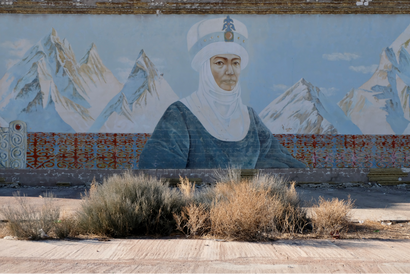Exploring Budapest’s Dystopian Underground Water Reservoir

Rising above the banks of Budapest’s Danube river is Gellért Hill, an affluent residential area with elegant tree-lined streets. But, hidden beneath the surface is a strange and surreal sight - the József Gruber Water Reservoir. Every March, it’s emptied for its annual cleaning. With 106 stretched columns, the second basin makes for a futuristic and dystopian landscape.
An integral part of Budapest’s water supply system, the reservoir can hold up to 80 million litres of water. Every night, water is filtered and pumped into the reservoir from the Danube river, only to be drained during each day by the residents of Buda.

Construction started in 1970 and took eight years to complete. More than 140,000 cubic metres of earth were excavated from the hillside so the reservoir could be built. Laying the foundations for the two basins required more than 6,000 square metres of concrete, 30cm thick. It took 25 cement mixer trucks more than 40 hours to deliver concrete without interruption. At the time of construction, it was the second largest water reservoir basin in the world.
The two basins are each shaped like a piano. An important design consideration was ensuring that water did not stagnate, nor would vortices form around the columns. This is out of necessity. This design prevents microorganisms from forming, and ensures the freshness and quality of the water. 35 years after its construction, József Gruber’s original flow simulations results were confirmed by a computer model.

The József Gruber Water Reservoir is open to journalists and a select few special guests exactly one day a year, March 22nd, which is also World Water Day. Comrade Kiev creates sustainable, ethical, design-led tours to the most incredible places on earth. We’ve built close relationships with local guides, and will work with you to create an extraordinary trip which fits your budget, timeline and interests. Follow in the footsteps of legendary polar explorers, climb smoking volcanoes in the remote Far East, or cross the endless Gobi desert on camelback. We’ll take you there. We’ll get you closer. Explore our tours.






